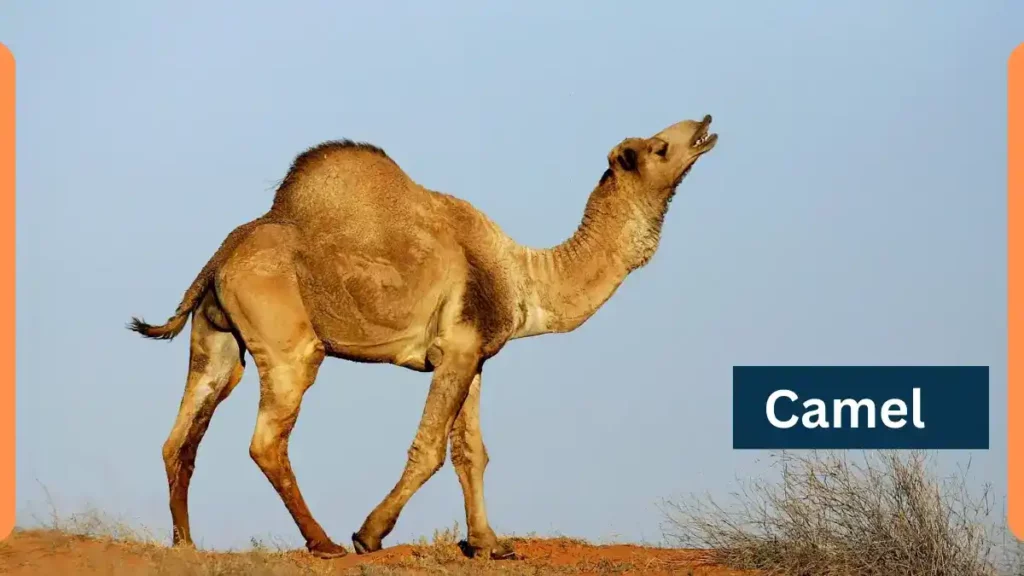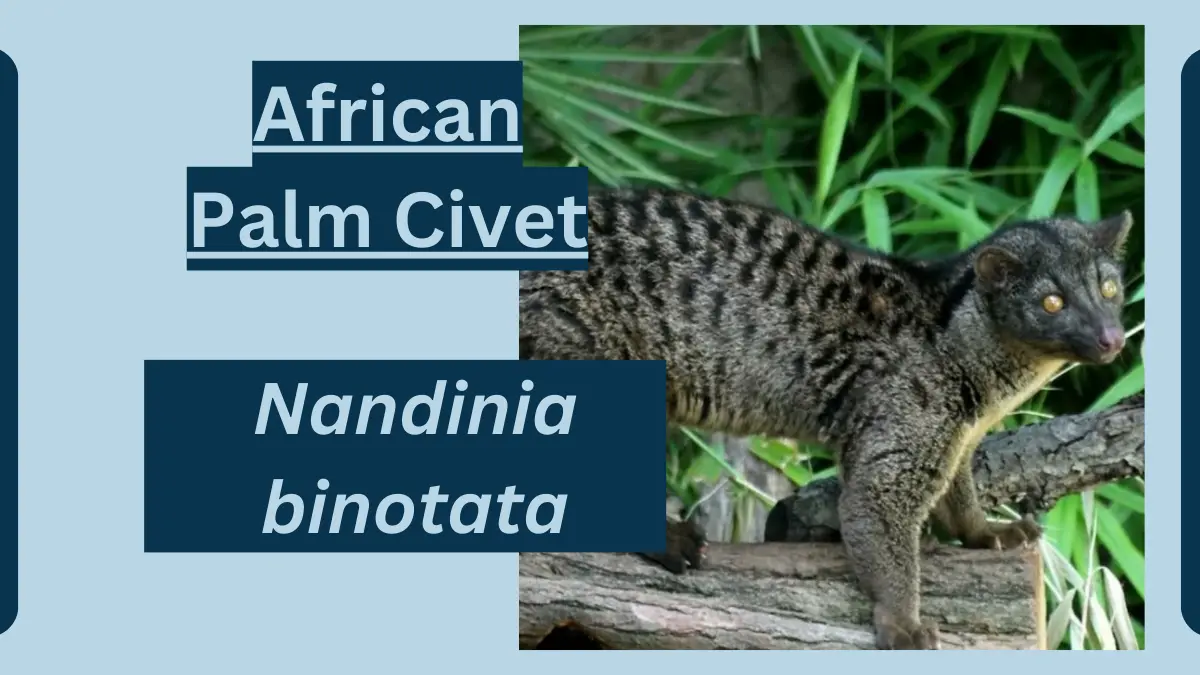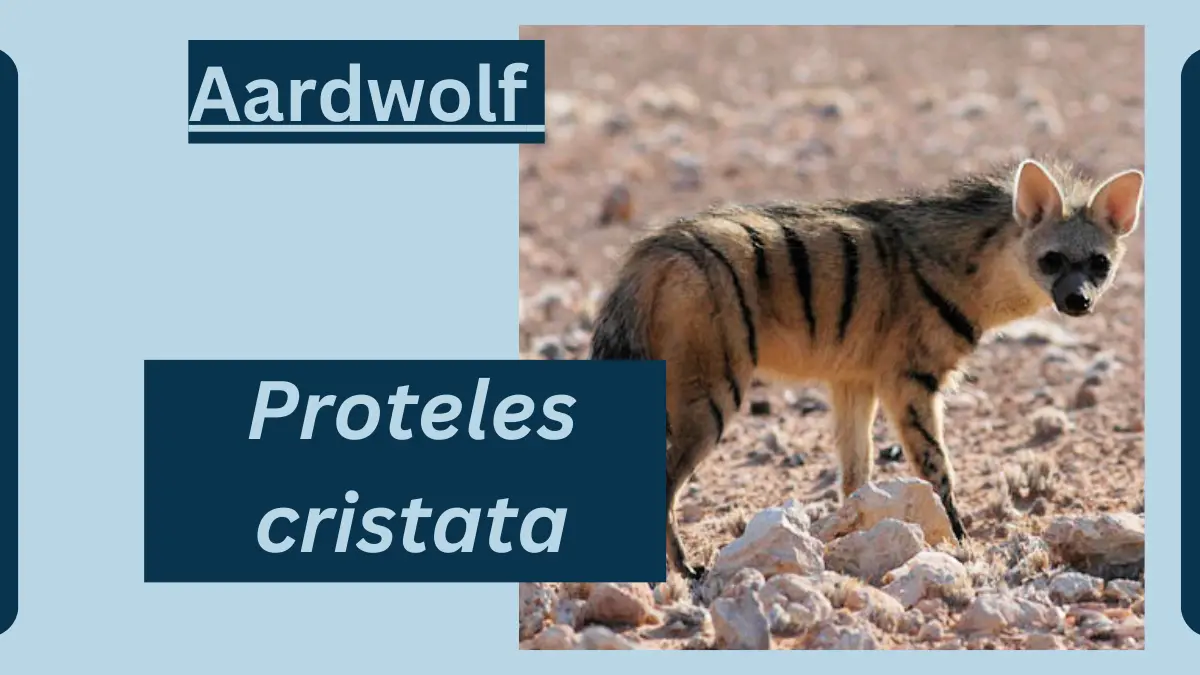Camel -Classification, Appearance, Habitat, and Facts
Camels are large, hump-backed mammals known for their remarkable adaptations to arid environments.

Camel
There are two primary species of camels:
Dromedary Camel (Camelus dromedarius):
Physical Characteristics: Dromedary camels are characterized by a single hump on their backs, long legs, and a slender body. Their coat can vary in color from light brown to dark brown.
Range: They are native to the Middle East and North Africa.
Behavior and Lifestyle: Dromedary camels are used as working animals for transportation and are well adapted to desert life. They can carry heavy loads and travel long distances without water.
Diet: They are herbivores, primarily consuming dry, thorny vegetation. They can go for extended periods without water, but when they do drink, they can consume large amounts in one go.
Bactrian camel (Camelus bactrianus):
Physical Characteristics: Bactrian camels have two humps on their backs, a stockier build, and a shaggy coat that helps protect them from the cold in their native habitats.
Range: Bactrian camels are native to Central Asia, including regions of China and Mongolia.
Behavior and Lifestyle: They are used as pack animals in their native regions and are adapted to cold deserts, where temperatures can drop significantly.
Diet: Similar to dromedary camels, they are herbivores and can consume a variety of plant materials.
Significance and Use:
Camels have been crucial to the cultures and economies of regions with arid and desert climates. They are used for various purposes, including transportation of goods and people, as well as a source of milk, meat, and leather. Their ability to store fat in their humps and conserve water makes them well-suited to desert life.
Conservation Status:
Both dromedary and Bactrian camels are not typically considered endangered species. They continue to play essential roles in the lives of people in arid regions. However, habitat loss and changing lifestyles are affecting the traditional uses of camels in some areas.
Interesting Facts:
- A camel’s hump does not store water but fat, which can be used as an energy source when food and water are scarce.
- Camels are known for their ability to close their nostrils to protect against sand and dust in desert environments.
- They can drink large quantities of water (up to 40 gallons at once) when they have access to it, which they can use to replenish their fat stores.

 written by
written by 





Leave a Reply